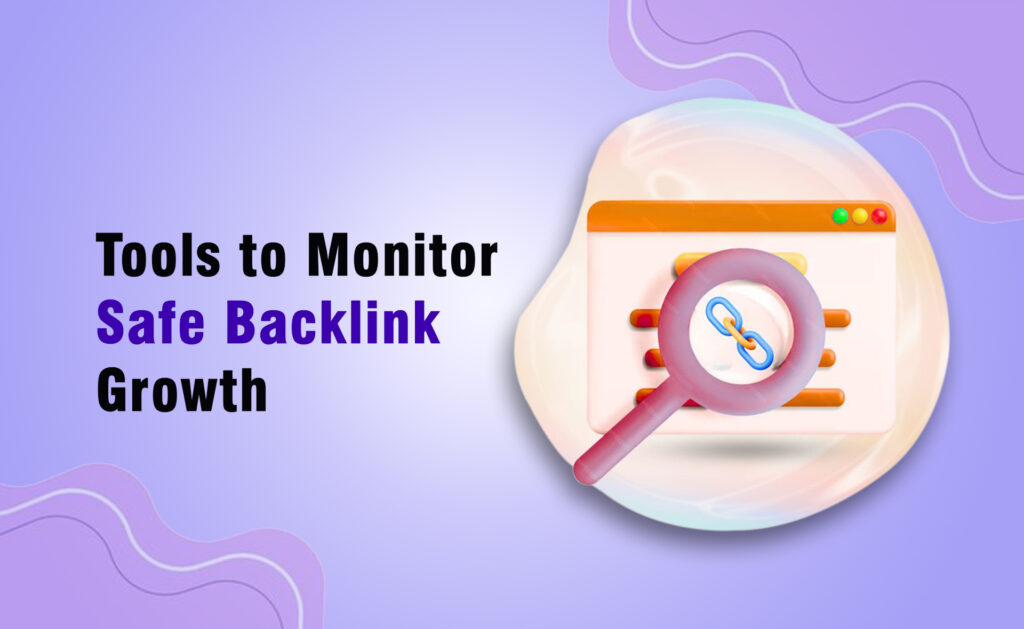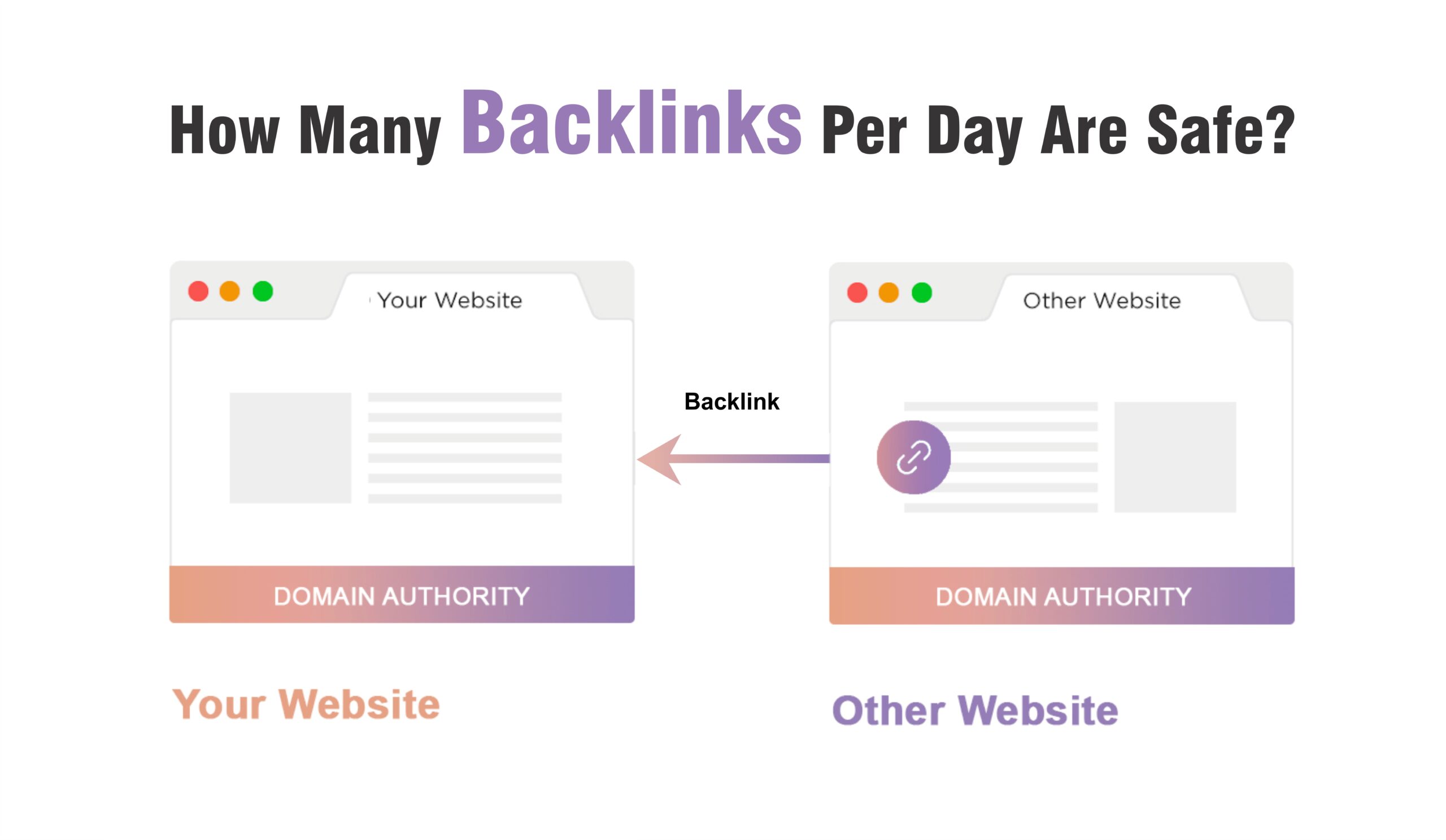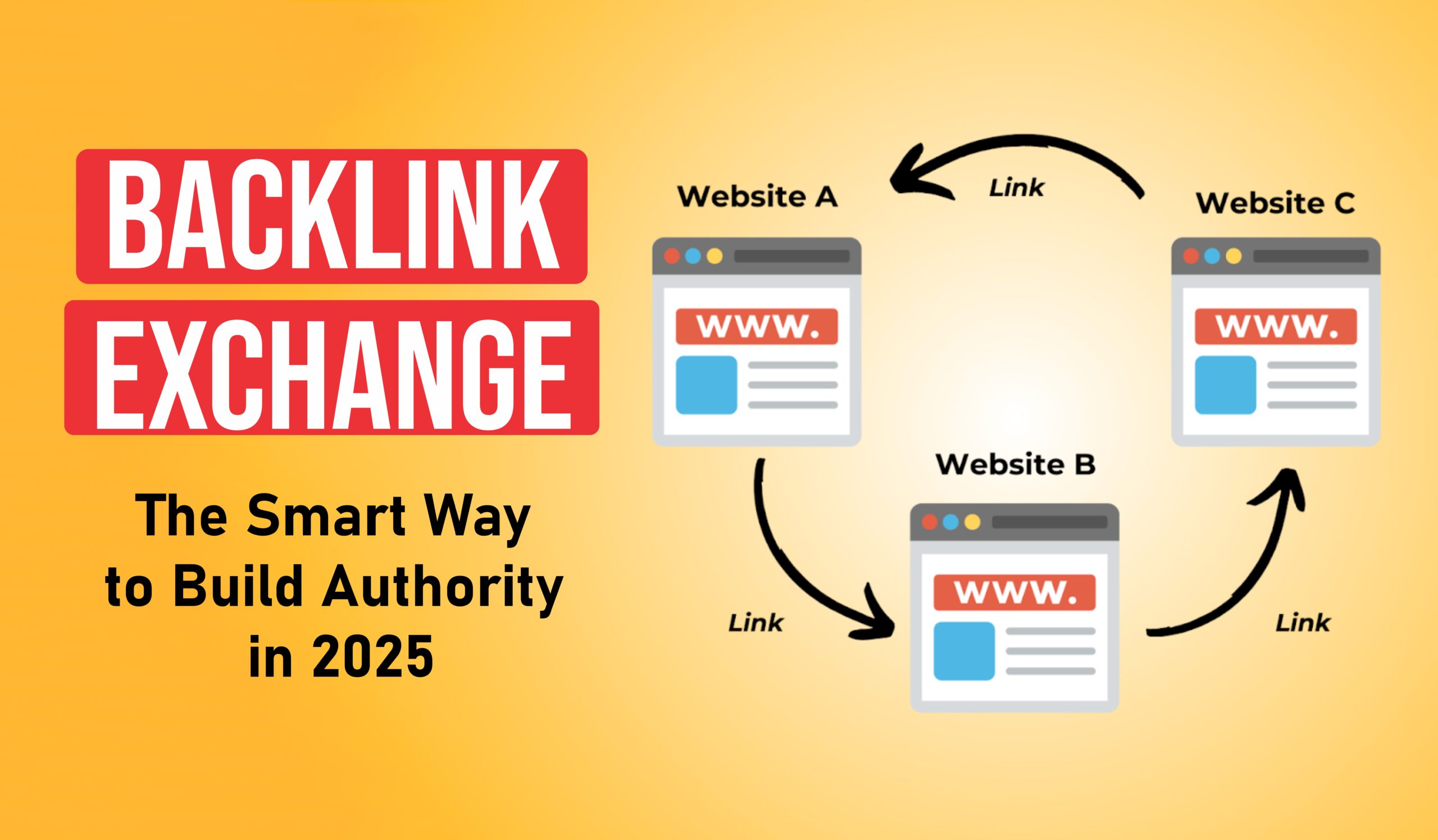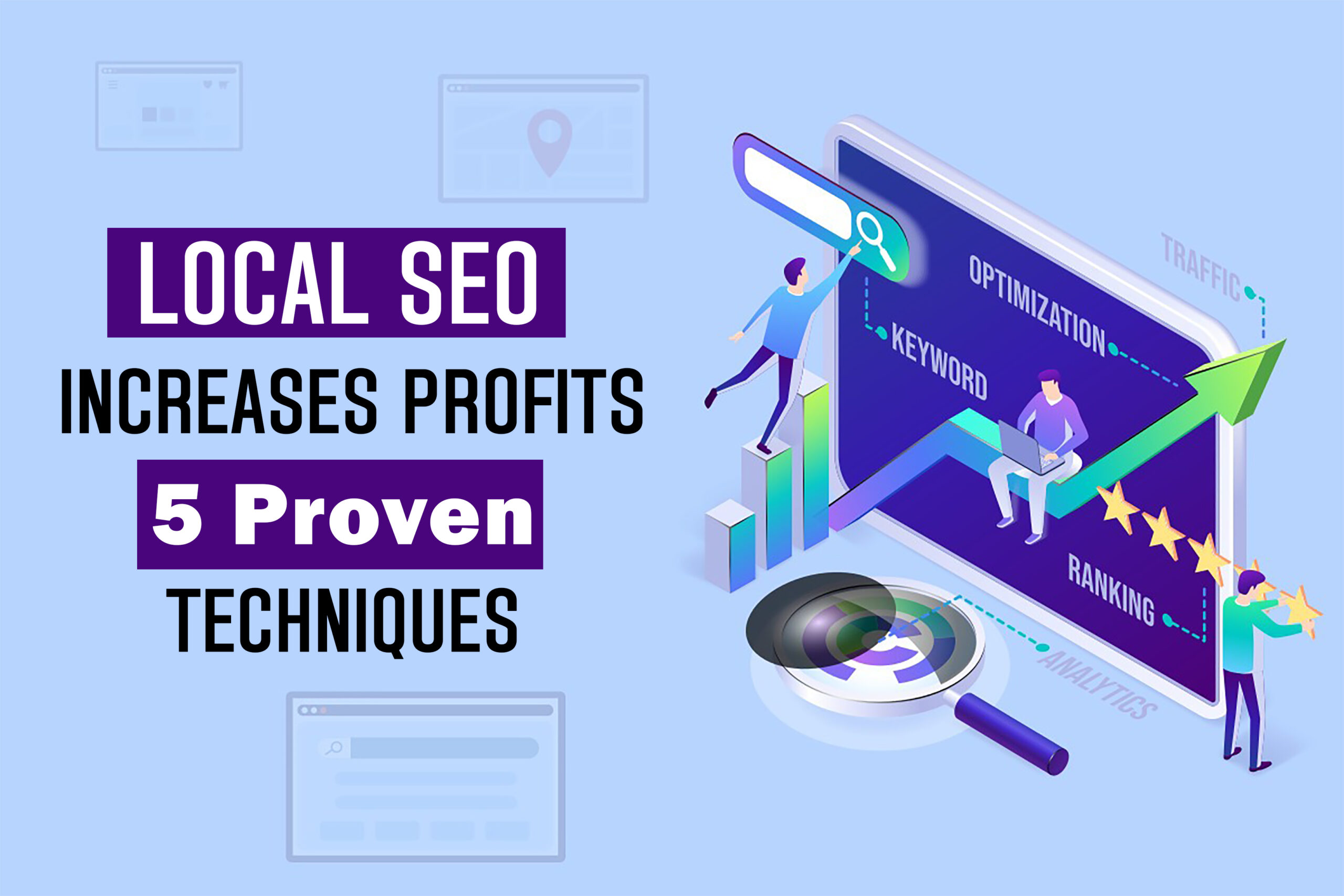Alright, so you’re here wondering: “How many backlinks should I build per day without getting slapped by Google?” Good question. If you’re serious about SEO in 2025, building backlinks the right way isn’t optional — it’s survival. And no, there’s no magic number. But there is a smart, safe strategy. So let’s break it all down in simple words, with zero fluff.
Understanding Backlinks & Why They Matter
What Are Backlinks in SEO?
Backlinks are just links from other websites pointing to yours. Google sees them as “votes of trust.” More quality backlinks = more trust = higher rankings. But the quality, context, and rate of growth matter big time.
How Google Evaluates Link Building
It’s not 2010 anymore. You can’t just spam 500 links overnight. Google watches for:
- Sudden link spikes
- Too many exact-match anchors
- Unnatural links from unrelated or shady sites
The algorithm expects natural backlink growth, not a blast of 200 links from garbage forums.
The Role of Link Velocity in Rankings
Link velocity means how quickly you’re getting new backlinks over time.
If your link velocity looks fake, Google flags it. That’s why knowing how many backlinks per day is safe is crucial.
Why the Number of Daily Backlinks Matters
What Is a Safe Number of Backlinks Per Day?
There’s no single safe number, but here’s the general rule:
“Build links at a rate that matches your site’s age, authority, and history.”
For example:
- New site? 1–3 links/day MAX.
- Aged domain? 5–15 per day is doable.
- Authority site? 20+ per day if they’re natural.
How to Avoid Link Spikes and Stay Natural
Avoid going from 0 to 500 backlinks in a week. That screams “black-hat SEO.” Use drip-feed strategies, vary your anchor text, and make sure links come from relevant domains.
How Link Velocity Triggers Google Penguin Updates
Remember Google Penguin? It still matters. When you build too many backlinks too fast, Penguin sees it as manipulation. That leads to a manual action penalty or algorithmic suppression. Either way, your rankings tank.
What Determines Safe Link Velocity?
Website Age, Authority & History
Google trusts older, established websites more. So, they can handle more backlinks. New sites? Build slowly and consistently.
Anchor Text Variation and Natural Linking
Mix it up:
- Brand names
- URLs
- Generic anchors (like “click here”)
- Long-tail phrases
Don’t use the same keyword in all your links over and over again. Mix it up!
Referring Domains & Backlink Profile Health
Don’t just chase volume. Focus on:
- Getting links from high-authority domains
- Having a good inbound-outbound link ratio
- Checking for spam score and toxicity
Use tools like Ahrefs, SEMrush, or Moz for your backlink audit.
Safe Link-Building Practices for 2025
Organic Link Building vs Link Farming
Natural links come from real people who find your content valuable. Avoid link farms, automated exchanges, or private blog networks (PBNs).
Contextual & Editorial Backlinks Only
Get links placed inside relevant content, not footers or sidebars. Google gives more love to editorial backlinks placed by real writers.
Diversifying Anchor Text & Link Placement
Don’t always link to the homepage. Link to:
- Blog posts
- Product pages
- Tools/resources
And change up your anchor text strategy.
Backlink Velocity Guidelines by Website Type
For New Websites (Low-Authority Domains)
Start with 1-3 backlinks per day max. Focus on white-hat SEO methods like guest posting and link insertions.
For Aged Domains with Established Profiles
5–15 contextual backlinks per day from different referring domains are typically safe. Use link velocity checker tools to track growth pace.
For Authority Brands or Viral Content
You might earn 50+ natural backlinks a day during launches or viral campaigns. That’s OK if it’s organic.
Tools to Monitor Safe Backlink Growth

Using Ahrefs & SEMrush for Link Velocity Checker
Both tools show:
- Backlinks gained/lost daily
- New referring domains
- Toxic backlinks alerts
Google Search Console for Toxic Backlink Alerts
Check the Links tab to review:
- Top linking sites
- Top anchor texts
- Sudden link surges
Moz & SEO Tools for Spam Score + Manual Action Warnings
Watch your spam score. High spam = high risk. Also, track for manual actions in Google Search Console.
Backlink Checker Tools to Track Disavow or Link Farms
Use:
- Monitor Backlinks
- Linkody
- Link Detox
These help identify bad links to disavow using Google’s tool.
What Happens When You Build Too Many Backlinks?
Real Cases of Google Penalty for Backlink Abuse
One site gained 1,200 backlinks in 5 days. Result? Penalized. 80% traffic drop. Don’t do that.
Spam Score Issues and Disavow Recommendations
If the spam score goes above 15%, start auditing. Use backlink checker tools to spot shady sources and disavow them.
How to Recover from Link Schemes & Manual Actions
- Audit your link profile
- Disavow bad links
- Submit a reconsideration request if needed
SEO-Proof Backlink Strategy That Scales Safely
Combining Drip-Feed Link Building & Content Marketing
Use drip-feed links with:
- Content upgrades
- Evergreen blog posts
- Free tools/resources
Guest Posting, Niche Edits, HARO & Natural Outreach
These are white-hat and safe if done right. Tools: Hunter.io, Pitchbox, and HARO for outreach.
Avoiding Link Farms, Automation & Unnatural Growth
If it feels shady, it probably is. Stay away from Fiverr backlink gigs. They’ll wreck your rankings.
Backlink Profile Audit & Clean-Up Plan
How to Run a Backlink Audit Using Ahrefs
Check:
- Referring domains
- Anchor text diversity
- Lost or toxic links
Spotting Toxic Links and Removing Them
Look for:
- Irrelevant countries
- Foreign language spam
- Links from low DR or banned sites
Disavow File Submissions through Google Tools
Once you compile bad links, upload your disavow file at: https://search.google.com/search-console/disavow-links
Real-World Examples of Safe vs Unsafe Backlink Growth
Startup Gaining 20+ Links a Day via Editorial Outreach
They built useful content. Earned links naturally. Rankings skyrocketed.
Case of 500 Links in 7 Days Triggering Google Penguin
Bought links from a vendor. Penalized in 2 weeks.
High-Authority Domain That Grows via Organic PR
Used press mentions, HARO, and influencer co-content. Safe growth.
Final Thoughts: Build Links Slowly, Rank Strongly
The real secret?
Consistency > Volume. Quality > Speed. Relevance > Randomness.
Follow these safe link-building strategies, monitor your link profile, and build with trust in mind. Google rewards sites that grow naturally and help users.
Don’t chase shortcuts. Play the long game. That’s how you win.
FAQs About Safe Link Building
1. Can I build 100 backlinks in one day?
Only if they’re natural (like viral press). But don’t force it.
2. How many backlinks does a new site need to rank?
Depends on your niche. Focus on relevance and quality, not quantity.
3. What’s a safe link velocity for Google?
Whatever feels natural for your site’s size, age, and history. 1–5 new sites per day is normal.
4. How often should I run a backlink checker?
At least once a week, if you’re actively building links.
5. Should I disavow links with a high spam score?
Yes, especially if they’re irrelevant, toxic, or from low-quality sources.




